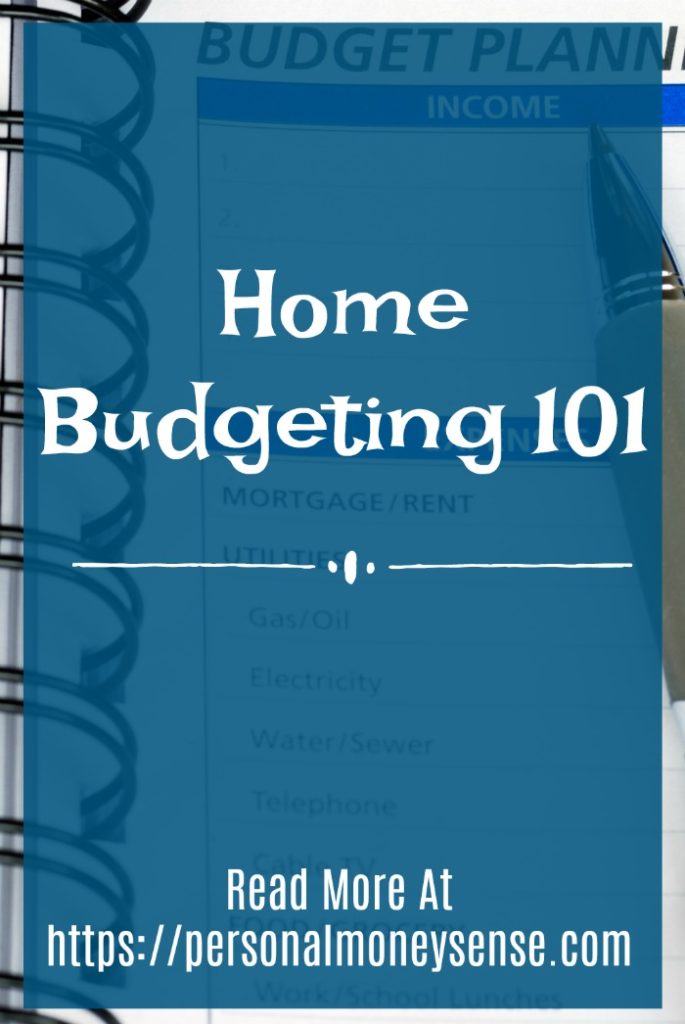Creating a home budget can be hard if you don’t know where to start. The easiest way is to step back and start with the basics. A good strategy is to build a simple outline of your income, expense categories, and actual spending per category. Here is a look at home budgeting 101…
Home Budgeting 101: The Basics of Budgeting
Section 1: Income
Start on your outline with your income. Try to be as accurate as possible. You can average your net income over the last three months. And if your salary doesn’t vary very much, just use the actual numbers.
If you are self-employed, subtract estimated taxes, insurance costs, and other bulk items before recording the total.
Section 2: Expense Categories
Next up is expenses. When you go to list your expenditures at this basic level, it might be best to not dig down into every detail for the sake of brevity.
For example, it might be best to have an “entertainment” category rather than separate computer games, movies, and DVD rental categories.
You can expect more estimation here than in the income category, but overall aim for workable values.
Some expenses tend to vary, so in these cases use a three-month average as a guide.
For example, an electric bill can vary by month and season (unless your utility offers averaged billing and you are signed up for it), so using an average will be a close approximation.
Remember to include charitable giving in your home budgeting totals
A typical set of expense categories might look something like this:
- Charitable giving
- Home (mortgage or rent, property tax, home insurance, repairs, etc.)
- Vehicle (including repairs, insurance, taxes)
- Utilities (these are your monthly bills)
- Health Care
- Gifts (including birthday and Christmas)
- Personal care
- Dining Out
Once you have your expense categories in place, total them up and see how they match up to your income. Are they larger? if so, you may have a calculation problem.
If it is not a calculation issue, you may have an income that is not keeping pace with your expenses. You will want to scrutinize this point before proceeding.
Look for places where you can cut back on costs until your expenditures total less than what your income does.
By adjusting the section 2 category values, you are setting up a budget to follow. Adjust these until you are content with the result.
Just remember that these are the totals that you will be allowing yourself to spend for each category. For this reason, you want to be sure to keep the totals realistic and doable.
Section 3: Actual Spending by Expense Category
Here is where you record the actual amount you spend in each listed expense category. You will have an entry for each expense category you have. You will register the total paid for each transaction in the proper category entry.
Record the actual spending for a few months, then compare it to your estimated expense categories in section 2. How are the numbers stacking up? Are you spending too much in a given area?
You may need to trim back spending to stay on track with your estimated total. And just like that, you are budgeting and sticking to it. See how simple that was?
As you can see, home budgeting does not have to be complicated. The basic concept is to break down your spending into manageable categories and make sure that they total less than what you want (or have) to spend.
After that, record your actual expense over time and see how well you are sticking to your budget, correcting as needed.
And remember, you can still live well on a budget, and even do some home decorating as long as you account for it. It is that simple.


